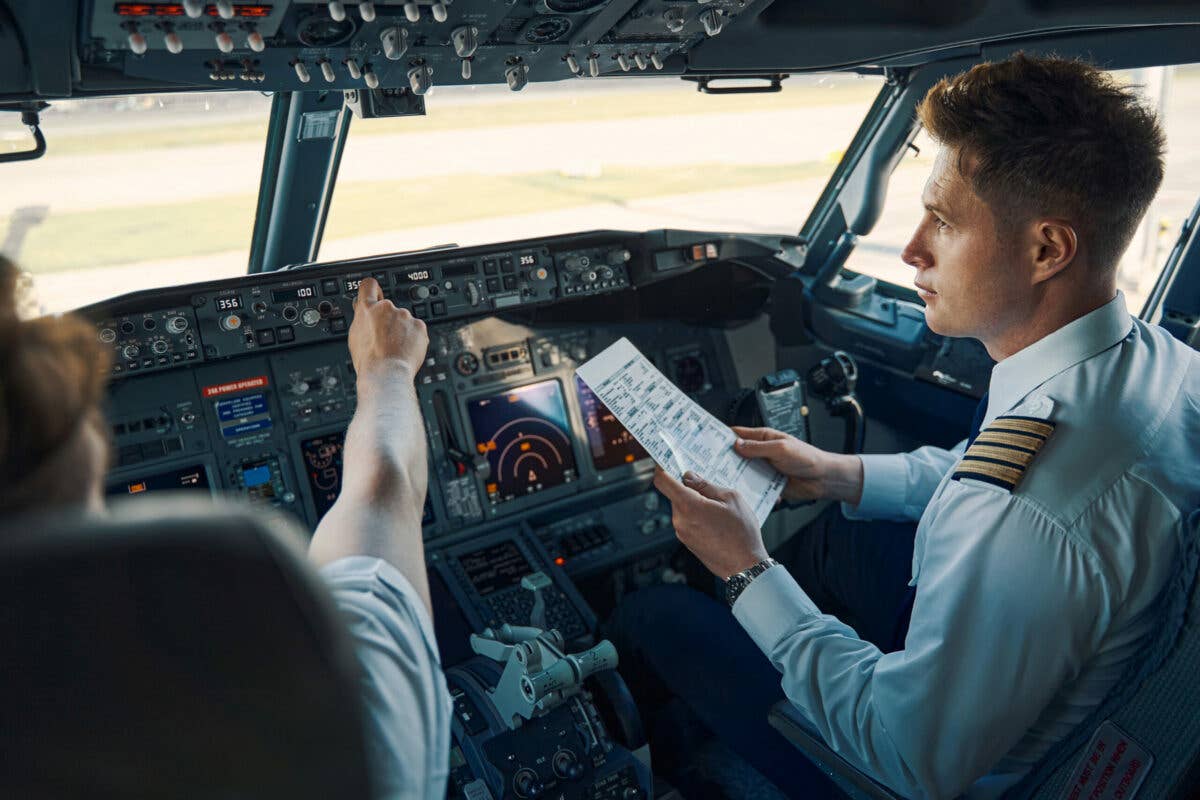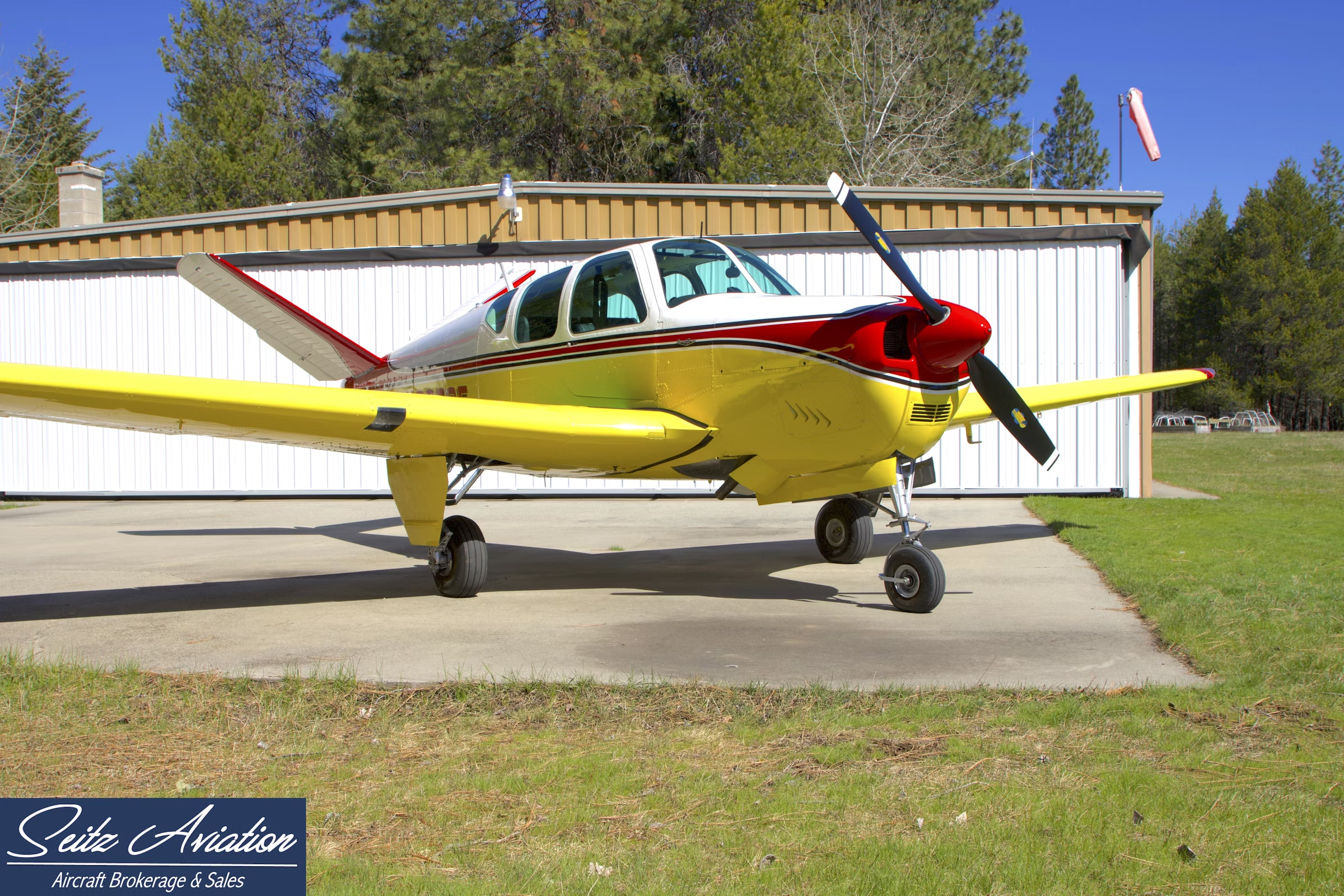Consortium Flies Hybrid-Electric Airplane Prototypes
Under the guidance of Pipistrel’s Vertical Solutions, a consortium in the European Union have concluded a project designed to advance alternative propulsion and regional air transport.

The program displayed the Pipistrel Panthera flown in October to demonstrate the prototype hybrid-electric powerplant in a light single-engine airplane. Joze Kovacic-JUICE
Under the guidance of Pipistrel’s Vertical Solutions, a consortium of eight partners in the European Union have concluded a project designed to advance alternative propulsion and regional air transport.
Its name speaks literally to what the project has achieved: MAHEPA (Modular Approach to Hybrid-Electric Propulsion Architecture) brought together DLR-German Aerospace Center, H2Fly GmbH, Compact Dynamics GmbH, Politecnico di Milano, TU Delft, and researchers from University of Ulm and University of Maribor under the umbrella Horizon Europe.
The goal? To address the drive towards zero emissions in transportation sectors, including regional and general aviation.
Together, the team flew two four-seat aircraft carrying the prototype power systems:
- A Pipistrel Panthera with a single fuselage, traditionally mounted propeller, and retractable gear
- A H2Fly Hy4 with a dual fuselage and center-mounted propeller and system
The MAHEPA group delivered the report at a meeting at the Maribor Edvard Rusjan Airport in Slovenia, where the consortium also had its Pipistrel Panthera demonstrator on display.
A Modular Approach
Fabrizio Gaspari, safety engineer and project coordinator from Pipistrel Vertical Solutions (and a graduate of Politecnico di Milano), reported on the success of the modular approach—developed to craft the components that will evolve to meet specific challenges in the design of initial light aircraft and as they scale up to regional transport.
The thrust of the project was to:
- Advance two variants of a low-emission, highly efficient, serial hybrid-electric propulsion architecture
- Produce in-flight demonstrations on two different aircraft to showcase the flexibility and scalability of the propulsion systems
- Perform scalability studies towards megawatt-scale hydrocarbon driven hybrids and zero-emission hydrogen powered solutions
Work involved the following systems:
- Cooling system design
- Flex fuel-cell hybrid architecture
- Emission measurement
- Estimation of market demands
- Ground infrastructure assessments
Components of the design that powered the two demonstration flights included:
- An electric drive system
- A power generation module
- A fuel-cell system
- Liquid-cooled lithium-ion batteries
- A battery management system
Adaptations to the airframe structure to carry the components
The design achieved several important targets, including a 50-percent increase in total power delivered, at a peak power rating of 300 kilowatts—and a component weight of 30.6 kg, which is 25 percent lighter than previous generations.
The liquid-cooled batteries demonstrated a peak power of 75 kW each, at a weight of 60 kg each, integrated into the wings of the Panthera. The batteries allowed for an “all-electric takeoff,” at 220 kW, enabling the flight tests in October.
What Lies Ahead
Dr. Tiné Tomažič, chief technical officer for Pipistrel, reported on the next steps for the program: the near- and true-zero-emissions aerial transport at the sub-regional level, which targets connecting existing GA airports to commercial hubs in Europe.
Using the terms “miniliner” and “microfeeder” to describe the next stage, Tomažič illustrated the current situation with a question to the audience assembled at the Slovenian airport: “How did you get here?” No one answered that they had flown into the GA airfield—precisely because of the gap in commercially viable aircraft to make it efficient and economical for the average traveler.
MAHEPA’s market studies targeted airports with a minimum runway length of 800 m (2,624 feet) and aircraft with a cruise speed of 200 ktas—enabling thousands of airports within Europe to be better utilized.
Tomažič unveiled the goal aircraft: a 19-seat passenger airplane helmed by a single pilot, with a maximum takeoff weight of 7,500 kg and range of 350 km “hops.”
The Hydrogen Solution
Dr. Josef Kallo, co-founder and CEO of H2Fly, reported on the positive outcomes of the development of a liquid hydrogen-electric power system, culminating in the successful flight test of the Hy4 aircraft.
The aircraft achieved a 110 kW maximum output this year and a 1,200-km range—and the company looks to produce a power system capable of a 300-kW output in 2023. Ground testing of a 1.5 MW power train would come two years later, in 2025.
The program has been in development for 15 years, with seven successful test campaigns under its watch.
The report-out was timed coincidentally during the COP26 Climate Summit in which 26 signatory countries are meeting in Glasgow, Scotland, through November 12—to accelerate action towards the goals of the Paris Agreement and the United Nations Framework Convention on Climate Change.

Sign-up for newsletters & special offers!
Get the latest FLYING stories & special offers delivered directly to your inbox






